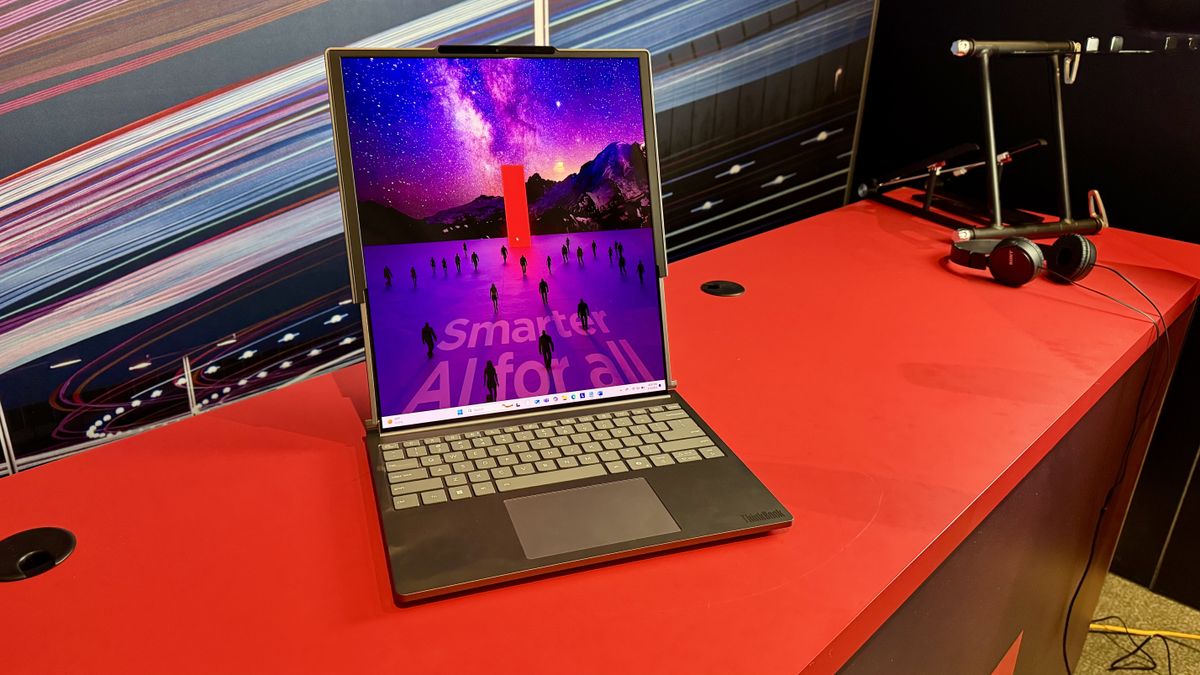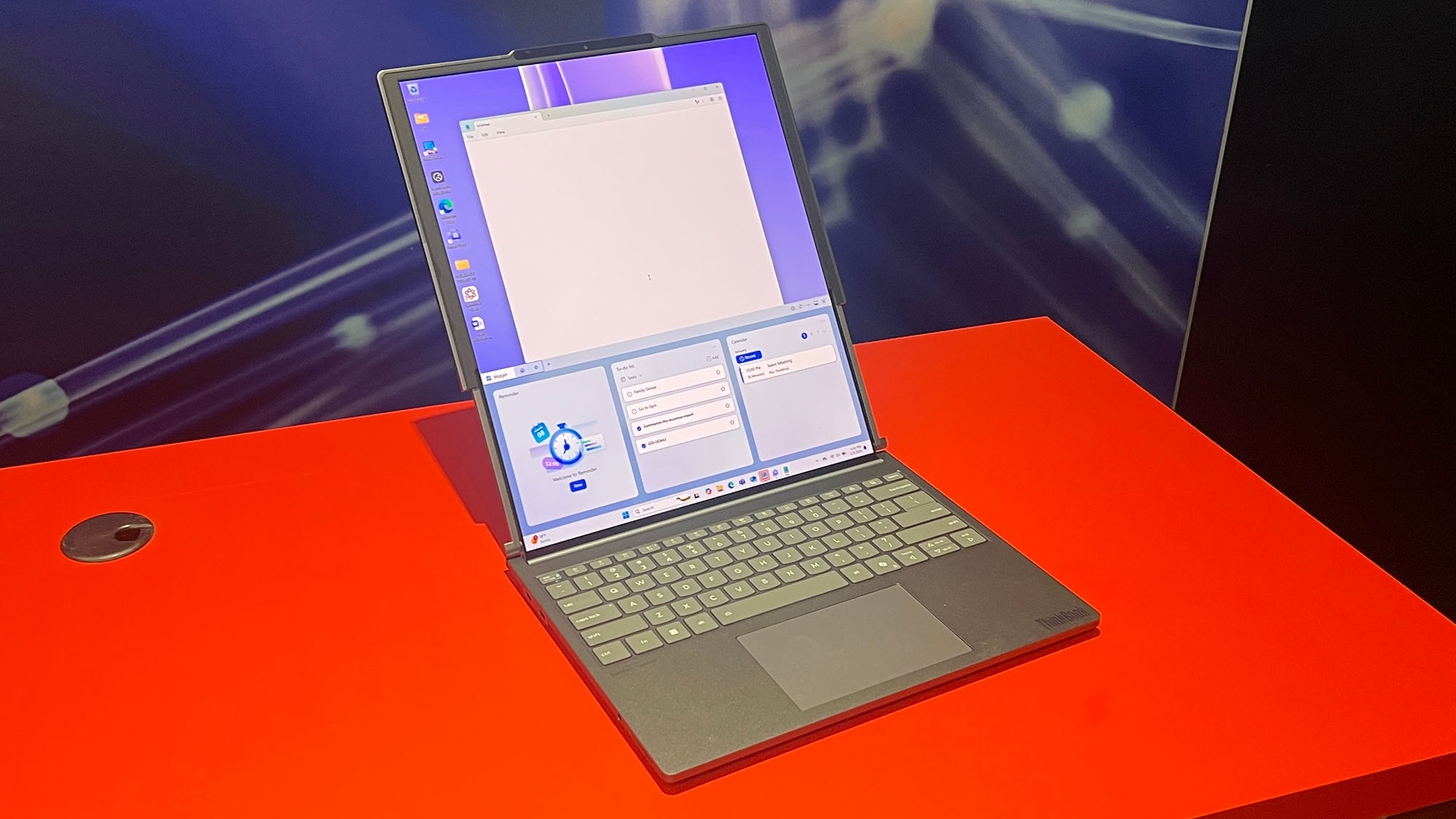Lenovo is well-known for releasing some of the most interesting and unconventional laptops at the CES trade show. The company frequently experiments with cutting-edge designs, including foldable displays, dual screens, and secondary e-ink surfaces. This year, Lenovo introduced the ThinkBook Plus Gen 6, the industry’s first laptop with a rollable display, which expands from 14 inches to 16.7 inches with the push of a button. Although the price tag of $3,500 is steep, this product continues Lenovo’s trend of creating bold, weird, and experimental laptops that challenge the traditional boundaries of laptop design.
While many companies present wild concepts at CES, Lenovo distinguishes itself by actually bringing these weird ideas to market. The ThinkBook Plus Gen 6, while highly experimental, represents the company’s commitment to exploring new possibilities, even when the products are unlikely to become immediate commercial successes. Luca Rossi, president of Lenovo’s Intelligent Devices Group, explains that even when these unconventional products are not major hits, they help Lenovo build valuable intellectual property that can be used in future projects. For example, Lenovo’s foldable laptop designs contributed to the development of the Motorola Razr, now one of the leading foldable phones in the U.S.

Lenovo’s commitment to innovation has also led to improvements in its previous products. The second-generation X1 Fold, released in 2022, addressed feedback from users who wanted a larger screen and better processing power. Similarly, the new Yoga Book 9i features two separate screens, taking inspiration from earlier foldable concepts. Rossi acknowledges that innovation requires taking risks and embracing failure when necessary, and Lenovo is willing to reassess and redirect resources if a project proves unfeasible. This openness to experimentation is what allows the company to explore such weird and futuristic concepts in the first place.
The ThinkBook Plus Gen 6 is Lenovo’s latest foray into the world of rollable screens, which adds a new layer of weirdness to its already unconventional laptop lineup. Unlike Lenovo’s foldable laptops, which can bend into various positions, the ThinkBook Plus Gen 6 stretches its screen vertically to create a dual-monitor-like experience. Rossi recalls that when this idea was first presented as a proof-of-concept at the Mobile World Congress two years ago, many doubted it could be made into a reality. Now, with the product set to be released, Lenovo has proven that it can bring this weird and ambitious idea to life.
Despite its innovative design, the ThinkBook Plus Gen 6 has some notable trade-offs. It is bulkier than typical laptops, weighing 3.73 pounds and measuring 0.78 inches thick. Additionally, the durability of the rollable display and the functionality of Lenovo’s window management software are concerns that early users will need to consider. Still, Rossi remains optimistic about the future of rollable laptops, believing that these weird and experimental products are essential for testing new ideas in the market. By releasing such early-stage products, Lenovo gains real-world feedback that helps shape the direction of future innovations, rather than keeping these weird concepts confined to development labs like some of its competitors.
